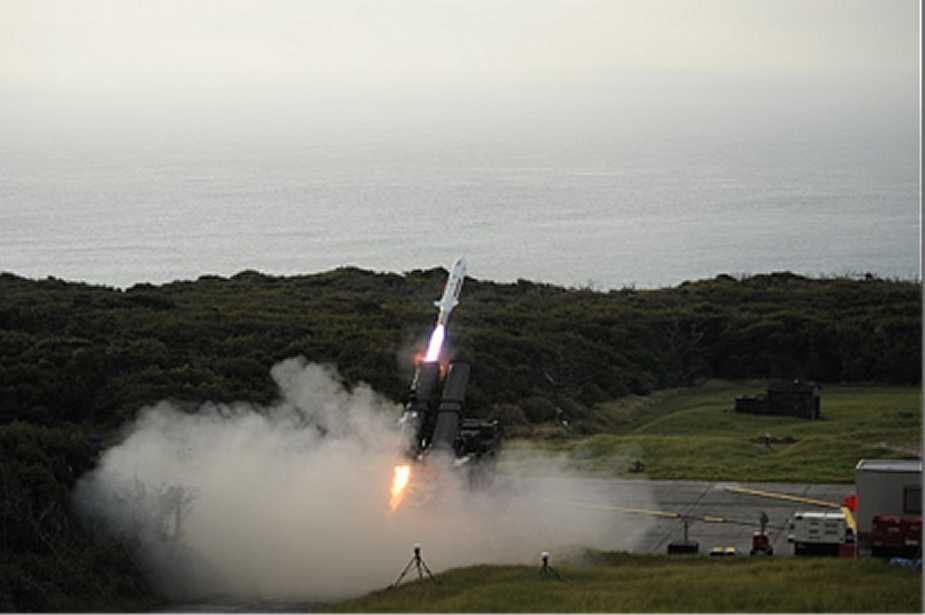Japan is accelerating its military modernization in response to mounting security concerns in the Indo-Pacific. The Ministry of Defense confirmed that the domestically developed Type-12 long-range anti-ship missile will be deployed by March 2026, a full year earlier than originally planned. The decision reflects a dramatic shift in Japan’s defense posture as regional threats from China, North Korea, and Russia intensify.
A Major Leap Forward in Missile Defense
The Type-12 Surface-to-Ship Missile (SSM) is central to Japan’s strategy of strengthening its maritime deterrence. Originally introduced in 2012 with a range of about 200 kilometers, the upgraded Type-12 boasts significantly extended reach, enhanced targeting precision, and the ability to launch from land, sea, and potentially air platforms. This makes it a versatile tool for coastal defense, particularly in protecting remote islands such as the Senkakus, which remain a flashpoint in disputes with China.
Deploying the system a year earlier is more than a scheduling adjustment. It is a symbolic demonstration of Japan’s readiness to adapt quickly in the face of unpredictable security dynamics.
Why Japan is Accelerating Its Plans
Three major threats underpin this decision:
-
China’s Naval Expansion
The People’s Liberation Army Navy (PLAN) is now the largest naval force in the world. Its growing presence in the East and South China Seas has raised concerns in Tokyo about territorial encroachment and the risk of a Taiwan-related crisis spilling into Japan’s southwestern islands. -
North Korea’s Missile Tests
Pyongyang has launched dozens of ballistic missiles over the past year, some flying directly over Japanese territory. These tests underscore the DPRK’s ability to destabilize the region and highlight gaps in Japan’s defense network that the Type-12 could help fill. -
Russia’s Pacific Maneuvers
Since its invasion of Ukraine, Russia has expanded its military drills in the Pacific, including joint exercises with China. For Japan, which remains in dispute with Moscow over the Northern Territories (Kuril Islands), this is yet another reminder of its precarious security environment.
Record-Breaking Defense Budget
In tandem with the accelerated missile deployment, the Japanese government has proposed a record ¥8.8 trillion ($58 billion) defense budget for 2026. This is part of a broader plan to raise defense spending to 2 % of GDP by 2027, aligning Japan more closely with NATO standards.
Key allocations in the budget include:
-
Expanded missile defense capabilities, including both Type-12 and U.S.-made Tomahawk cruise missiles.
-
Strengthened cyber defense and space security programs.
-
Investments in next-generation fighter jets, including joint development with the U.K. and Italy under the Global Combat Air Programme (GCAP).
The Broader Indo-Pacific Context
Japan’s defense acceleration cannot be viewed in isolation. It ties directly into larger regional and global security dynamics:
-
AUKUS and Quad Coordination: Japan is exploring closer defense ties with the U.S., Australia, and the U.K., including potential participation in the AUKUS pact’s Pillar II for advanced technology sharing.
-
Taiwan Tensions: Japanese officials have repeatedly warned that a conflict in Taiwan would pose an existential threat to Japan, making missile systems like the Type-12 a critical deterrent.
-
Domestic Debate: While the public largely supports stronger defense amid regional threats, there is concern about escalating military spending at a time of economic challenges. Critics also argue that accelerating weapons deployment risks provoking regional rivals further.
A Strategic Turning Point
For decades after World War II, Japan maintained a defensive military posture under its pacifist constitution. Yet the rapid acceleration of missile deployments and record-breaking defense budgets signals a decisive turning point. Tokyo is preparing not just to defend its territory, but to project strength and deter aggression in an increasingly volatile Indo-Pacific.
As the Type-12 missiles roll out by 2026, they will serve as both a technological milestone and a political statement: Japan is no longer content to react passively to regional threats. Instead, it is positioning itself as a proactive player in shaping the balance of power in Asia.

